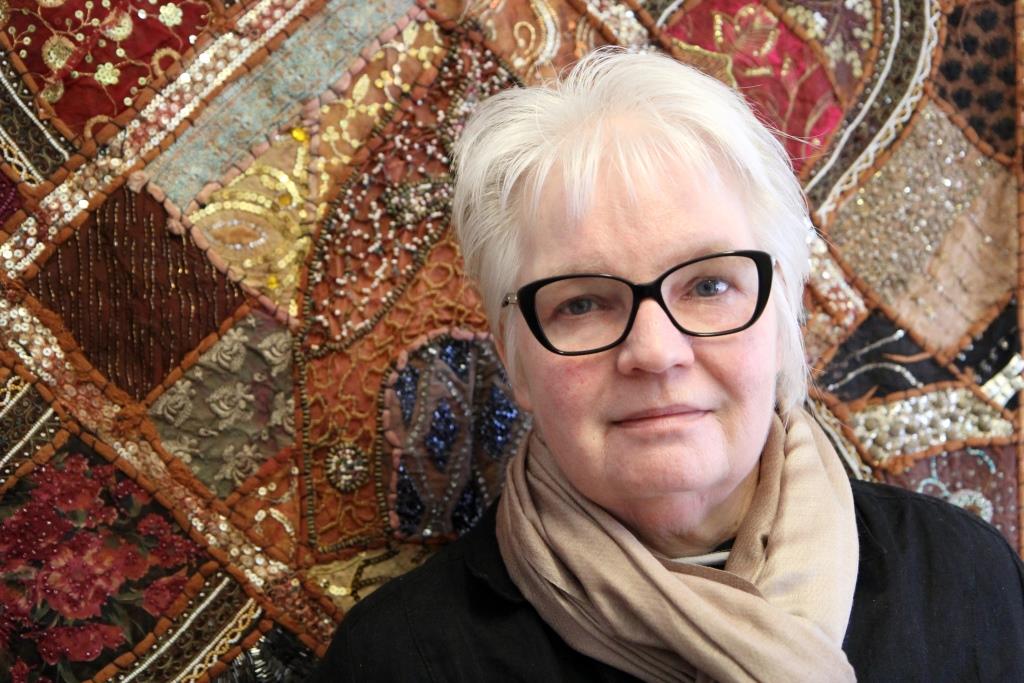Dissertation: The life of a woman according to Cosmo

These results are found in a PhD thesis by Maj-Britt Höglund, Phil.Lic., to be presented for public examination at the University of Vaasa, Finland.

The study starts with an analysis of how the ideal femininity, Cosmo girl, is described in Cosmopolitan UK. In the 2004 editorials, the magazine describes the characteristics of the Cosmo girl in repertoires of independence, pleasure, and friendship: she is in control, she has fun, and she does body work and beauty work. In addition, she values her friends. She consumes, she follows trends in fashion, accessories, and cosmetics. Incidentally, all this pleases the magazine’s advertisers.
Many women’s magazines describe a lifestyle which few women have. Cosmopolitan, for instance, describes a woman who is young, beautiful, attractive, and successful. It offers advice which will – supposedly – help its reader to become a Cosmo girl. However, to maintain its credibility, the magazine also needs to offer narratives of women who have had to struggle with problems. These too function to advise the reader. Nevertheless, they are a way for the magazine to present itself as credible.
“The reader needs to experience that a newspaper or a magazine is credible. Otherwise, s/he will not buy copies or subscribe to it. This is very true for a glossy such as Cosmopolitan. The reader will not find the magazine relevant if it describes women’s lives only in terms of glamour, luxury, and sex. It may be seen as entertainment, ok. There still needs to be elements which are relevant to the reader. This is why the narratives of trouble are needed in the magazine”, says Höglund.
No pain, no gain
Already in the editorials of Cosmopolitan UK 2004 there are indications of trouble, which may befall even a Cosmo girl. In the feature stories and interviews (2004, 2006), the image of a woman struggling with adversities emerges. New repertoires emerge; there is a price to pay for success.
“She has to work long hours to maintain her lifestyle of consumerism, she realizes that male colleagues doing the same job receive a higher salary, she is the object of sexual harassment, and she is disparaged. In addition, she encounters trouble in her personal life. She experiences betrayal, she is sexually abused, and she falls victim to violence. Illnesses and accidents occur; over these events she has no control”, lists Höglund.
Having offered the reader the two contrasts, the glamour and the trouble, the magazine then indicates that there is the possibility for a woman to re-invent herself. The women interviewed in their self-narratives describe various ways of turning their lives around. They have brought about change which have helped them to leave trouble behind and move on. They have made career changes, taken up their studies, moved house, become engaged in charity work, but also found reconciliation. They are about to re-invent themselves as the ideal Cosmo girl. Thus, the magazine has demonstrated its awareness of a world outside the glossy surface of consumerism and beauty. Incidentally, it gets the last word: adversities can be overcome and the Cosmo girl can re-invent herself!
Public defence
The thesis “Literary and Cultural Studies. Re-Inventing the Cosmo Girl. How a Magazine Neutralizes Competing Discourses” will be presented for public examination on Friday, 20th May in Auditorium Nissi, the Tritonia Building, University of Vaasa Campus. Her opponent will be Dr. Diana ben-Aaron, also a journalist-turned-researcher, now Course Leader in Journalism at the University Campus Suffolk, Ipswich, UK. Custos will be the thesis supervisor, Professor Sirkku Aaltonen, from English Studies at the University of Vaasa.
Information
Höglund, Maj-Britt (2016). Re-Inventing the Cosmo Girl: How a Magazine Neutralizes Competing Discourses. Acta Wasensia 348.
Maj-Britt Höglund, office phone +358 (0)40 3521732, email maj-britt.hoglund(at)hanken.fi

Maj-Britt Höglund
Maj-Britt Höglund is a former journalist, who has spent the past twelve years in academia, teaching and researching. She has participated in two research projects resulting in international publications (with Continuum and Peter Lang). Her contributions were set in Critical Discourse Analysis, one using the Appraisal theory framework, the other repertoire analysis.